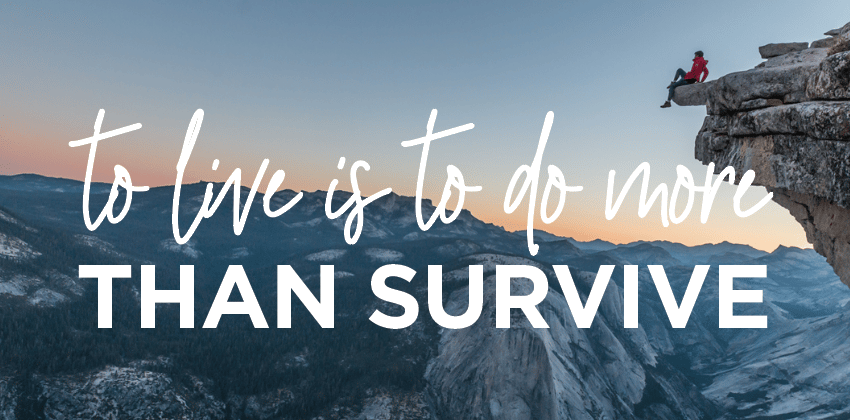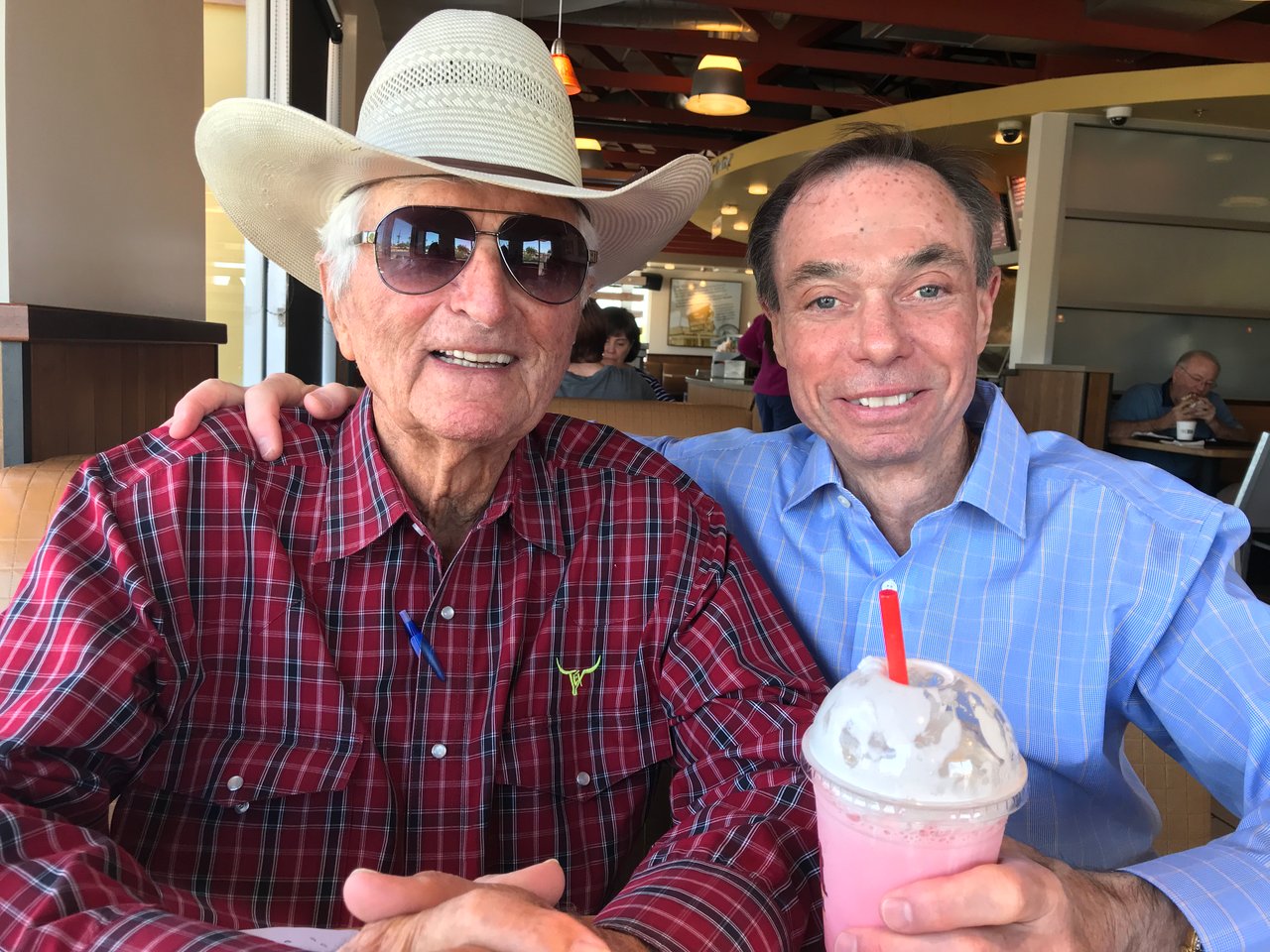Aug 6, 2020
“Our strongest emotion is fear, and our strongest fear is fear of the unknown.”
In March, our fear was of the unknown. Today, that fear is well known.
A problem is a set of facts compounded by emotion. There are no problems, only facts. When emotion clouds reality, facts become problems.
This is also true of fear. Fear may feel real, but it’s not real. It’s just your imagination.
Fear is your mind fast-forwarding to whatever you fear (catching coronavirus). You see yourself going to a restaurant or store, then a few days later feeling like hell (maybe worse), possibly being isolated from family in an ICU (maybe worse).
The Black Plague of the Middle Ages, the London Plague of the 1600s, the Spanish Flu of 1918-1920, just to name a few. The cost in human lives was catastrophic. Yet, history teaches us that humans have faced previous challenges with far less science and technology than we have today. Our solution is not just in science, it’s in our resilience, courage, and spirit.
To me, the answer to dealing with coronavirus is to FIRST understand the probable downside if I catch it. The likelihood of a bad downside is a function of my age and health. I know this now. It was unclear in March.
The next analysis is my likelihood of catching it based on how I lead my life each day. In March, we didn’t know. Now we know that our odds of catching it are low if I stay away from groups of maskless people, sanitize my hands often, and don’t pick my nose.
Those are the facts. Now it’s up to each of us to decide how to live each day, with ONE ADDITIONAL CONSIDERATION.
Time is not on our side. Life doesn’t last. Every day that passes is a day we’ve lost forever. I believe it’s worth taking risks to live, not just survive.
I meet my son, Corey, every Tuesday for lunch at Houston’s. He runs a business and is exposed to others each day. Yet time with my son is so precious, it’s worth the risk. I choose to live, not just survive.
I also choose to work in my office each day. I love my team. I love this company. I am not effective or happy sitting at home. I know it’s an increased risk, but I choose to live, not just survive.
Risk is an interesting concept. Decreasing risk in one area (bicycle/swimming/jogging) increases risk in another (heart disease/obesity/high blood pressure).
Do you know (quantitatively) the risks you take each day?
2018-2019 U.S. Risk of Death
- Heart Disease: 1 in 6
- Cancer: 1 in 7
- Motor vehicle: 1 in 106
- Fall: 1 in 111
- Pedestrian: 1 in 541
- Fire/smoke: 1 in 1,399
- Choking on food: 1 in 2,618
- Dog Attack: 1 in 118,776
- Lightning strike: 1 in 180,746
It’s foolish to be foolish, but living to avoid risk is simply living to survive.
The Courageous Have No Fear
A friend recently gave me a gift to hang on the wall of my office. It’s a plaque with the inscription “The Courageous Have No Fear.”
The translation, on a glass plaque at the bottom, reads: “The Courageous Have No Fear – Confucius (551 B.C.). “The humane do not worry; the wise are not perplexed; the courageous have no fear.”
This is an ancient Chinese ideal—an extraordinarily high bar. I am told that it’s a statement on living, purpose, service, achievement, and risk.
We must each set our risk parameters. As long as we don’t endanger others, the choice should be 100% ours.
But since time is not on our side, and every day is a day lost forever, we don’t want to look back regretting too many experiences missed and too many days wasted and lost.
In the words of Lewis Carroll, “In the end we only regret the chances we didn’t take.”
We must never forget: To live is to do more than survive.




